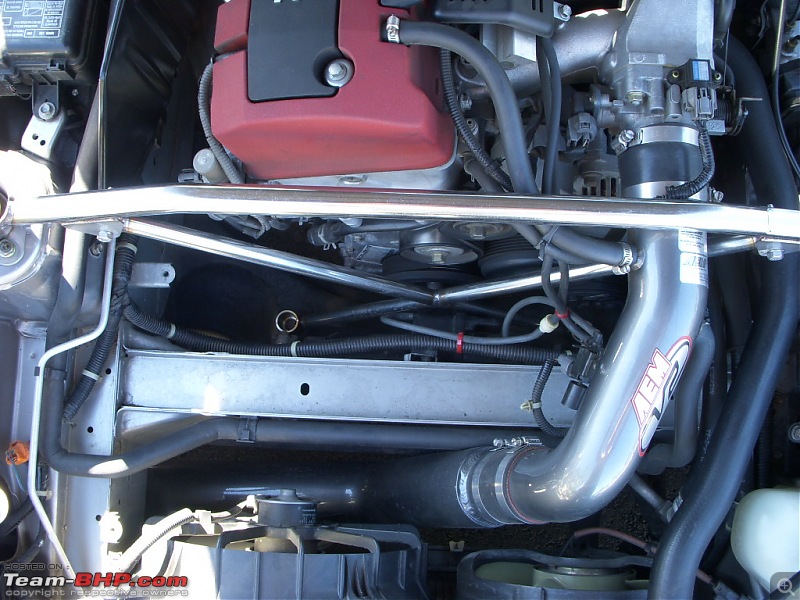Quote:
Originally Posted by Jeroen 
Carburators do the exact same thing, they introduce additional fuel during acceleration and thus change the Air-Fuel ratio. The amount of light footness is not specific to injection, but specific to the complete engine design
I don't want to get caught in semantics but if more fuel result in more power output (HP) it is actually an increase in fuel efficiency. Lean and rich can and does occur along the full range of an engine operating envelop. |
On a carb'd vehicle, one has different circuits inside the carburettor for different driving scenarios, you have the power circuit, you have the idling circuit, the starting circuit and in some cases an accelerating pump and much more. Each of these circuits can actually be tuned (based on the carb design) to run a different air-fuel mix. Then you can choose to have different Jetting in order to fulfil your specific driving needs (light foot responsive or top end power etc). But once setup the vehicle actually operates within those specifics.
When you press the throttle, it opens the butterfly valve and depending on how much it is open, air is allowed progressively freely to pass and a proportionate amount of fuel is drawn out by the suction created by the air (as well as the pressure in the float) as it passes the venturi to atomise and the final mixture thus enters the inlet manifold and then the combustion chamber. In this, the right foot actually might only be controlling the butterfly valve, which controls the air path (and indirectly fuel), but the air-fuel ratio remains same for a specific tuning (you can opt to set it lean, or rich or even just off stoichometric for a balance - nothing to do with the engine design as such)
In a computer controlled fuel injected vehicle, the tuning happens on the go, the injections do not depend on the air flow, but injectors being controlled by the computer depending on the throttle position. The Airfuel ratio is controlled by the computer.
In older high-end cars, you would have a lever beside the steering to change the airfuel mix, you made it rich, if you saw that the car was not responding enough. But with cars that did not have that feature, you would have to depend on pushing the throttle a little bit more. But on modern computer controlled cars, you will have the processor do it for you, without you feeling or knowing that the processor did that for you.
Quote:
Originally Posted by Jeroen 
It allows or tends to allow for better performance in terms of a bit of extra torque at the low end of the rev band. So, engine pick up tends to improve. |
Yes, Torque helps acceleration at low rpms. So if you are cruising at a lowish rpm, to overtake another vehicle, you will probably be able to do it with just a twitch of the accelerator (without needing to downshift to a lower gear). That is the benefit of low end responsiveness.
Although, as I pointed earlier. it might also affect the top end, hence absolute acceleration numbers, like 0-100 (which will require visits to the redline) might actually turn out slower.
 (4)
Thanks
(4)
Thanks
 (3)
Thanks
(3)
Thanks





 (1)
Thanks
(1)
Thanks





